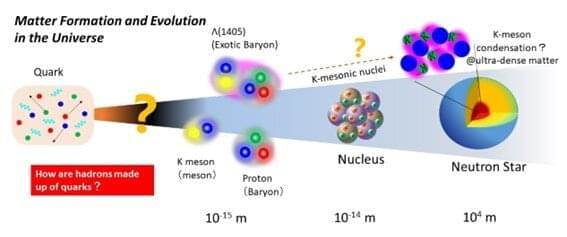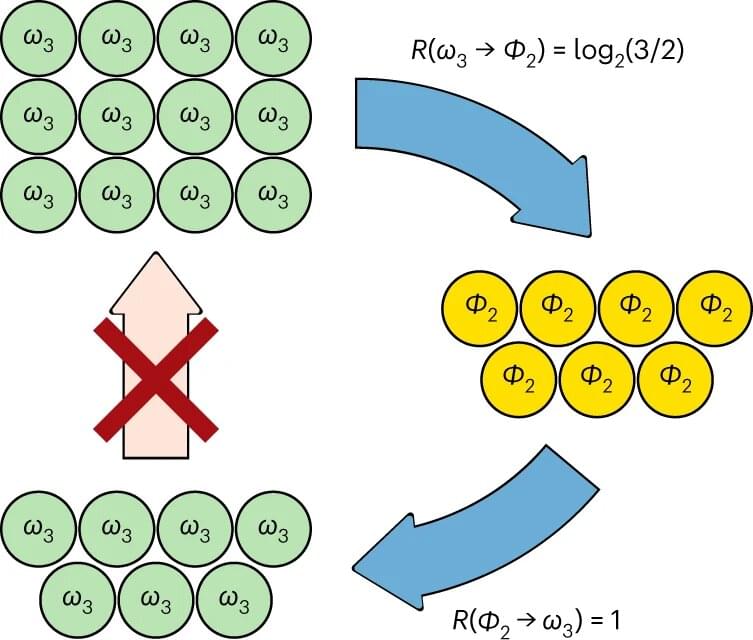The whole world has been awestruck by the magnificent images produced by NASA’s James Webb Space Telescope. Webb has already turned astronomy on its head and renewed debate about how the cosmos first formed and evolved. But there were years of delays in its development that frustrated both researchers and the public at large.
So, at the 241st meeting of the American Astronomical Society (AAS) this month in Seattle, a major topic of discussion was lessons learned from Webb’s extended gestation period. And, specifically, how to take this hard-won experience and use it to proceed with the next generation of revolutionary space telescopes.
NASA and the astronomical community at large have already started initial planning on the next generation of space telescopes. Three new large space observatories could all see operation by 2045.






